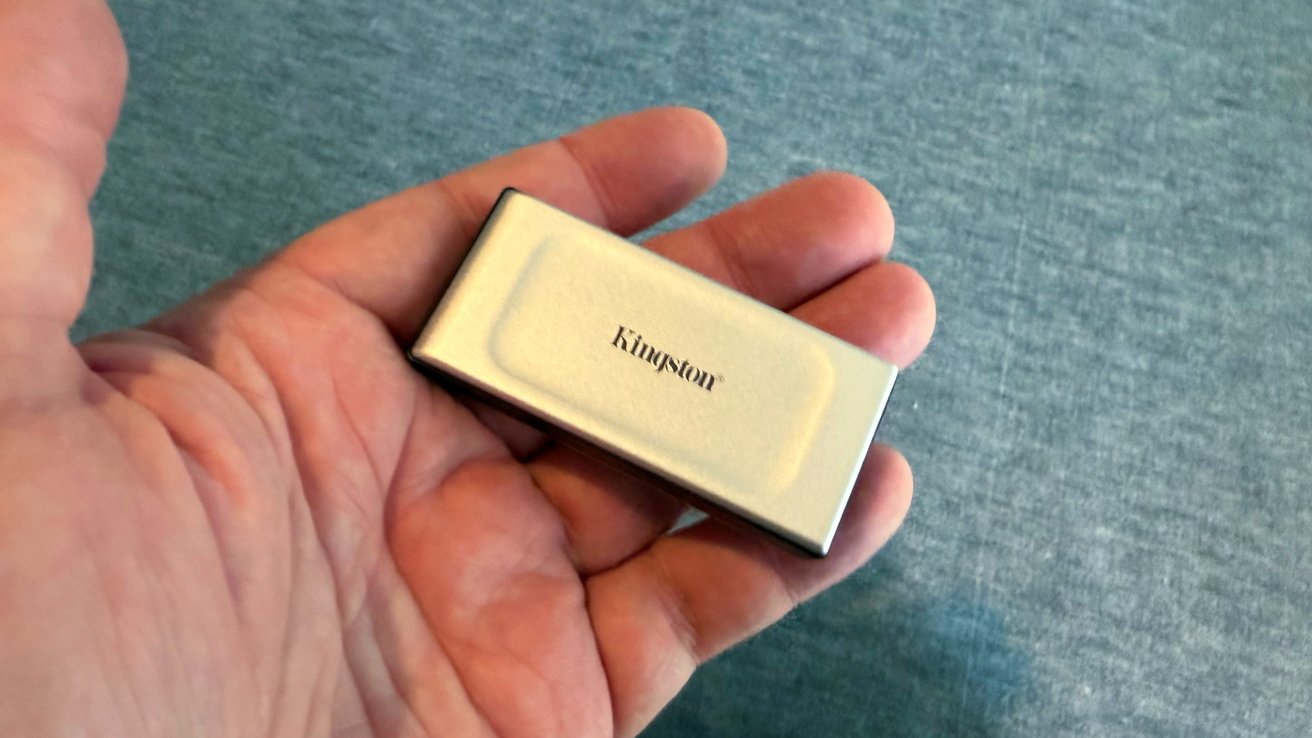After 40 years and six generations, 2025 marks the beginning of a new generation of the BMW M5: the G90 chassis. Featuring a ground-up redesign and a new plug-in hybrid powertrain, the specs are impressive. It’s not just its horsepower and torque numbers but its curb weight of 5,390 pounds, too. That’s no small figure, but the German brand’s never held back in this department, and it has never greatly impeded the badge.
Well, until now. There’s a lot to like about the newest M5, especially in its corner-carving competence and how it acts around town solely propelled by electrons. But in other areas, this $123,275 super sedan lacks some necessary traits to its class.
Exterior and interior treatment
The latest BMW M5’s exterior styling is bulky. It’s common for new cars, especially of the enthusiast-geared variety, to be smaller in real life than they look in press photos. The M5 is one of the few that is actually larger. It looks muscular, and I dig it from the rear three-quarter perspective. But there’s no hiding it: this thing is dimensionally massive in every sense of the word.
Inside, the G90 possesses BMW’s latest screen and capacitive touch-focused interior design. Its air vents are now the latter, which I never thought would be a thing, but they function well nonetheless and help it stand apart from other high-end European fare. Its dash trim color is customizable, and switching between Road and Sport in its M Mode settings changes this trim to the BMW M colors, too. All controls are laid out in an organized manner, and their touch response is quite good. But first-time BMW drivers may find configuring performance settings and navigating through BMW’s iDrive software a tad befuddling at first.
There’s a reason for so much heft beneath this latest iteration of BMW’s beloved executive express: it sports a 14.8kWh battery, fed by a 7.5kW onboard charger. It provides forward momentum by feeding into the M5’s eight-speed automatic gearbox via AC motor and will return as many as 25 miles of range on electrons alone.
When its twin-turbo, 4.4-liter V8 and battery combine forces, acceleration is ferocious. Besides some jerkiness while shifting through gears with the pedal mashed, its acceleration is still ample for daily commuting. Like any PHEV, it’s relaxing to cruise around town sans internal combustion, too.
BMW doesn’t specifically outline this, but I suspect that the M5’s massive weight helps with quicker-than-average energy recuperation. The massive 15.7-inch rotors and multi-piston calipers have their work cut out for them, but they surely send more energy to the relatively small battery pack because of the M5’s weight. Tacking on five or even 10 miles was easy in everyday driving, but especially on some fun roads high atop California’s San Gabriel Mountains.
A capable yet lacking driving experience
With the M5’s twin-turbo, 4.4-liter V8 and its AC electric motor attached to the transmission, combined output is rated at 717 horsepower and 738 pound-feet of torque. These specs should equate to a thrilling overall driving experience. It does, yet it also doesn’t.
First, the good news: this thing is quite fast and a monster in the corners. It effortlessly pulled out of turns and down straightaways with confidence, and hitting 60 from a standstill takes just 3.4 seconds. It ripped down winding mountain roads with a surprising amount of agility for being on the wrong side of 2.5 tons, exhibiting little body roll and impressive cornering grip. Combine these together, and the M5 is probably one of a few new sedans that can properly give chase to any flavor of mid-engine supercar on a twisty road. Its steering ratio was quite good, albeit overall steering and chassis feel and communication were tremendously vague.
There’s a lot to like about the newest M5, especially in its corner-carving competence.
Sadly, the whole experience wears off quickly. In the past, BMW has always been good at getting the sound right with its M cars; its performance-tuned inline-sixes have a quintessential angry howl, and its V8s make their presence known with a deep, bass-filled roar. No matter the exhaust setting (there’s technically a quiet and a loud mode), the G90 M5 is simply too muffled, as if it’s a subtle reminder that an engine is present, rather than being an active participant in the drama.
Not only that, but doing a burnout is way too difficult to pull off when set to rear-wheel drive. As childish as this may sound, it’s a key indicator of any performance car’s personality. The previous, F90-generation BMW M5 practically demanded drivers light up its tires — this new model seemingly cowers in fear over the idea of spinning its 295-wide meats faster than necessary in a straight line.
In light of these gripes, it may sound like the latest M5’s overall tuning errs more on the side of comfort and restraint than ever before, but its ride quality tells a different story. Even in its most comfortable suspension mode, it’s too rigid, and my tester produced some creaks over the Los Angeles Basin’s worst stretches of urban blacktop. The F90 was far better in this department.
On the one hand, the 2025 BMW M5 is a fascinating proposition. It has a chill PHEV / muscular sedan demeanor and squabs on twisty roads like nobody’s business. But due to its lack of personality and rough ride quality, it feels like a step in the wrong direction.
Then, there’s the styling, which is questionable at best — like many other new BMWs, it’s becoming harder and harder to chalk this up to acquired taste. The previous F90 generation was a masterclass in a big sedan that knows how to handle itself, always punching above its 4,300-lb curb weight. I was hoping for better in this latest model, but there’s not enough for it to be a clear net positive.
Photography by Peter Nelson / The Verge










